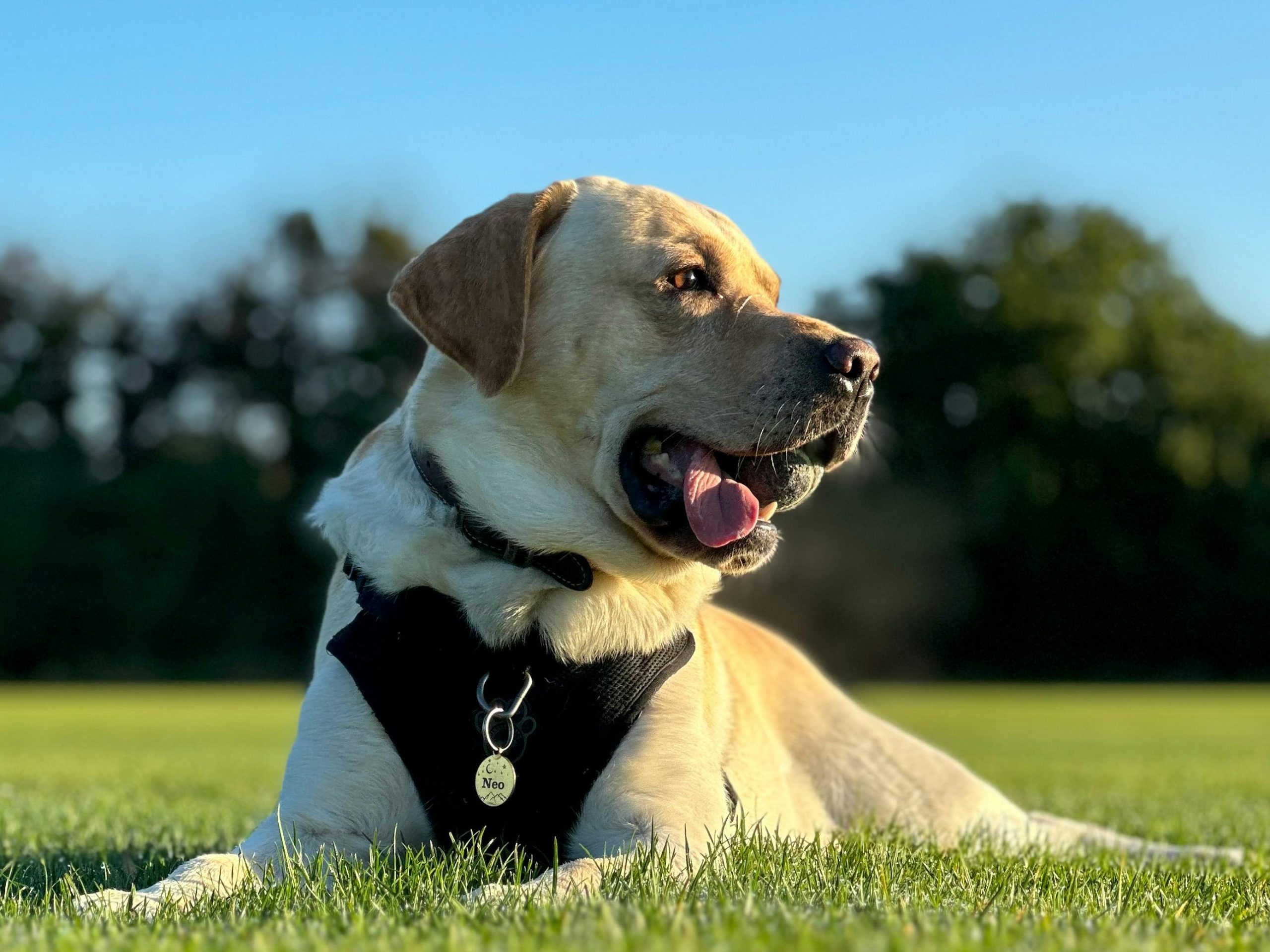
How to Properly Fit and Adjust Your Dog’s Harness for Comfort and Safety
Importance of a Well-Fitted Harness
A well-fitted harness is essential for your dog’s comfort and safety. Harnesses, as opposed to collars, equally distribute pressure over the shoulders and chest, lowering the possibility of tracheal and neck injuries. This is particularly important for dogs that are prone to pulling or have respiratory issues. A well-fitting harness improves control and lessens the chance that your dog may escape. This is crucial during walks in busy areas or when training a young or energetic dog. No pull dog harness options are especially beneficial for pets that need guidance to avoid pulling behaviors.
Measuring Your Dog Accurately
Accurately measuring your dog is the first step to guaranteeing a good fit. Here’s how to do it:
- Use a Flexible Measuring Tape: A soft, flexible measuring tape will give you the most accurate measurements.
- Measure the Chest Girth: Wrap the measuring tape around the widest part of your dog’s chest, just behind the front legs. This is usually the most critical measurement for a harness.
- Measure the Neck Circumference: Measure around the base of your dog’s neck, where the harness will sit. This helps ensure the harness won’t be too tight or too loose around the neck.
- Refer to the Size Chart: Use the specific size chart provided by the harness manufacturer to determine the correct size for your dog.
Getting these measurements right ensures the harness will fit comfortably and safely, preventing any chafing or escape attempts.
Adjusting the Harness
Once you have the correct size, the next step is to adjust the harness to fit your dog perfectly. Follow these tips for a proper adjustment:
- Start with a Loose Harness: To make it easier to adjust, put the harness on your dog while it is loose.
- Adjust the Straps Evenly: Begin by adjusting the chest and neck straps, ensuring that both sides are symmetrical. The harness should sit snugly without being tight.
- Check the Fit: Two fingers should slip easily in between your dog’s body and the harness. If you can fit more than two fingers, the harness is too loose; if you can’t fit two fingers, it’s too tight.
- Watch for Chafing: Ensure the harness does not rub against your dog’s skin, especially around sensitive areas like the underarms and neck. Adjust the padding and straps as necessary to prevent irritation.
Proper adjustment ensures comfort, enhances control during walks, and prevents escape.
Common Mistakes to Avoid
Even with the best intentions, it’s easy to make mistakes when fitting and adjusting a dog harness. Here are some common pitfalls to watch out for:
- Incorrect Measurements: Failing to measure your dog accurately can result in a poorly fitting harness. Always double-check measurements.
- Using the Wrong Size: Sometimes, owners ignore the size chart provided by the manufacturer. Make sure you use the correct size according to the brand’s guidelines.
- Overlooking Adjustments: Dogs grow and change, so it’s essential to adjust the harness periodically to ensure it still fits correctly.
- Ignoring Wear and Tear: Regularly check the harness for signs of damage. Worn-out straps or buckles can compromise safety.
- Improper Harness Type: Different harnesses serve different purposes. Choose one that fits your dog’s behavior and needs.
Avoiding these mistakes ensures that your dog’s harness will provide maximum comfort and safety. Consistently monitoring and adjusting the harness will result in the best experience for both you and your dog during your outdoor adventures.
Conclusion
Selecting the suitable harness and guaranteeing a precise fit and adjustment is pivotal for your dog’s well-being and ease. By accurately measuring, selecting the suitable type, and making essential adjustments, you can offer a secure and pleasant harness experience for your furry companion. Being mindful of common mistakes and how to sidestep them will aid in preserving the harness in top condition and guaranteeing its efficacy. Remember, a well-fitted harness enhances comfort and ensures your dog’s safety during walks. So, invest time in understanding your dog’s measurements and preferences to choose the right harness type. Adjust it carefully to prevent any discomfort or chafing. Regularly inspect the harness for any signs of wear and tear and replace it as needed to maintain safety standards. Prioritize your dog’s comfort and safety, and you’ll both enjoy happy and stress-free walks together. Happy Walking!
Photo by Arkay










